How Did Australia Fires Start? Facts About Bushfire Triggers
Australia is known for its annual devastating bushfire season, which destroys communities and ecosystems. In this post, we will find out “How did Australia fires start?”, where and when bushfires typically occur, signs of a fire, as well as how you can prepare for the fire season ahead.
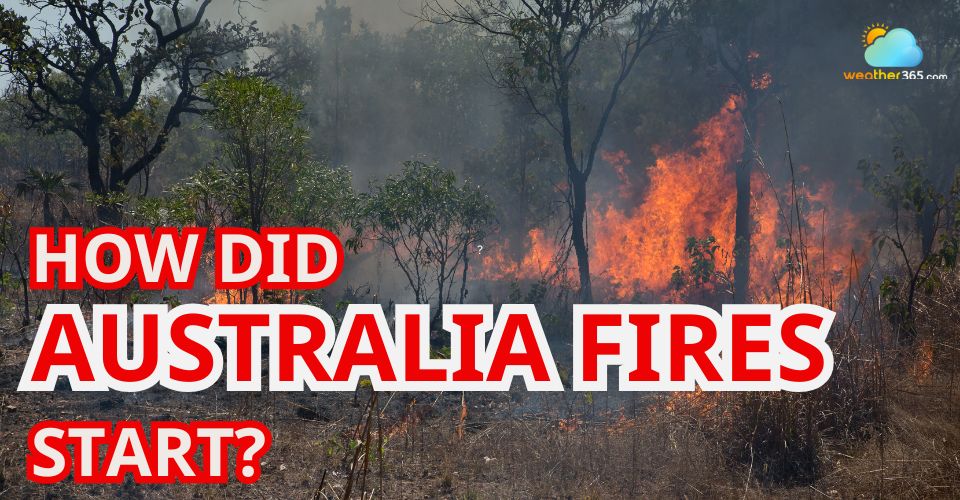
How did Australian fires start
When do fires occur in Australia?
Bushfire season in Australia generally occurs from late spring to early autumn, spanning October to April.
The highest risk period is typically December to February, when scorching temperatures and dry vegetation create ideal fire conditions.
However, severe weather events such as intense heatwaves or dry thunderstorms can trigger dangerous bushfires even outside the usual season.
This variability means communities must remain vigilant year-round, as changing climate patterns increase the likelihood of fires in unexpected months.
Understanding the timing and triggers of bushfire season is essential for effective preparedness and prevention nationwide.
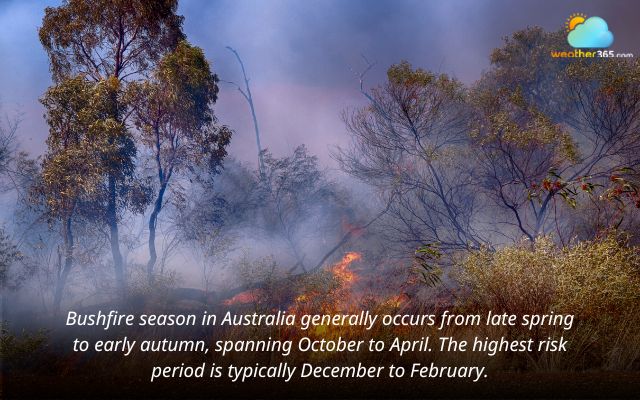
Bushfire season in Australia often occurs from October to April
Where do fires occur in Australia?
Certain parts of Australia face higher bushfire risks due to their climate, vegetation, and terrain.
Understanding these hotspots is essential for awareness and preparedness.
Eastern Australia
-
Includes New South Wales (NSW), Victoria, and Queensland.
-
Experiences some of the most intense bushfire activity almost every year.
-
Coastal areas and dense eucalypt forests are especially vulnerable.
-
Hot summers, dry bushland, and strong winds create ideal fire conditions.
South Australia
-
Known for its dry climate and scorching summer heat.
-
Bushfire-prone zones include the Adelaide Hills and rural regions.
-
Long dry spells, high temperatures, and gusty winds often trigger outbreaks.
Western Australia
-
While not as consistently affected as the east, fires here can be severe.
-
The southwest and interior regions are particularly at risk.
-
Dry, rugged landscapes allow fires to spread rapidly.
Tasmania
-
Cooler overall, but still vulnerable during dry spells.
-
Thick forests and mountainous terrain make fires harder to control.
-
Lightning strikes often ignite blazes in remote areas.
Tip: Bushfire conditions can change quickly, especially in high-risk states like NSW, Victoria, and South Australia. Staying updated with real-time fire alerts is crucial for safety and preparation.
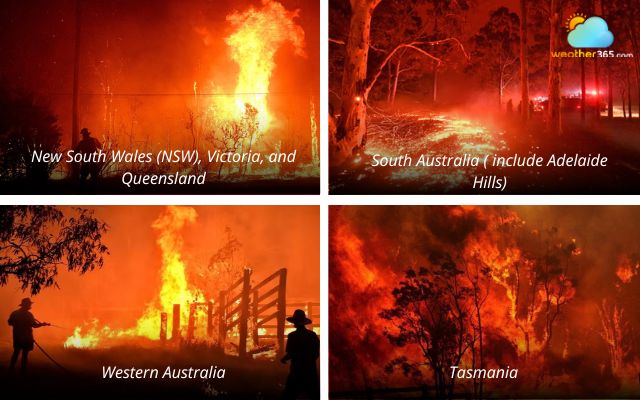
Bushfire hotspots in Australia
How did Australia fires start?
Bushfires can be caused by both natural and human activities.
However, the majority proportion is human-caused, either intentionally or unintentionally.
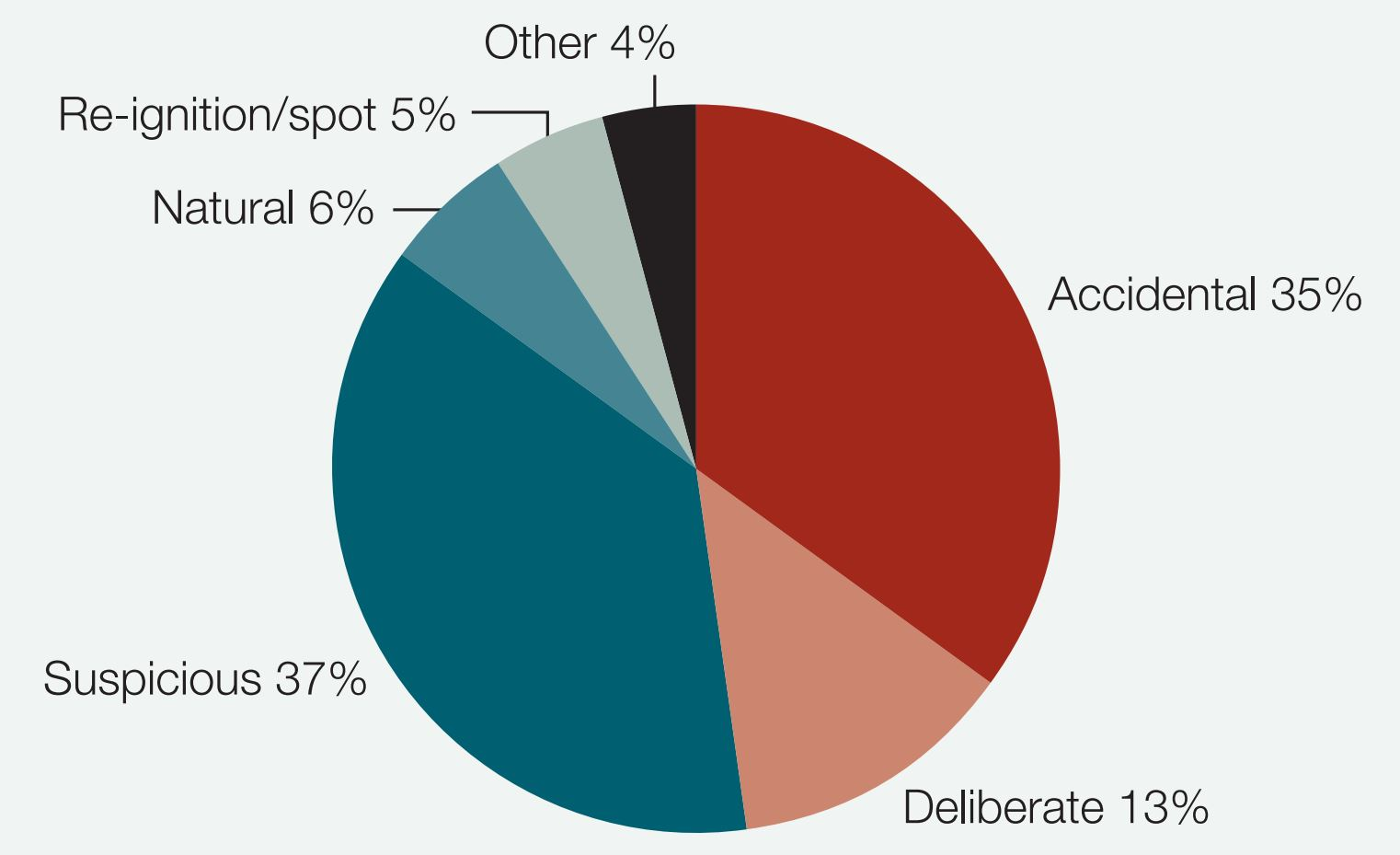
The bushfire ignition sources
Fire investigators divided bushfire ignition sources into 9 categories: smoking, burning off/debris, arson, railway cause, campfires, equipment use, lightning, and miscellaneous.
Smoking
While many people believe discarded cigarettes are a major cause of bushfires in Australia, smoking is actually a less common ignition source than expected.
For a cigarette to start a fire, several very specific conditions must align:
👉 Temperature above 27°C.
👉 Humidity below 22%.
👉 The butt must land in a loose, dry fuel bed at a specific angle.
According to wildfire expert Richard Woods, roadside fires are more often caused by burning carbon particles from vehicle exhaust than cigarette butts.
However, during extreme fire weather, even a single lit cigarette can spark a blaze. Therefore, it's vital to take caution during Australia’s bushfire season.
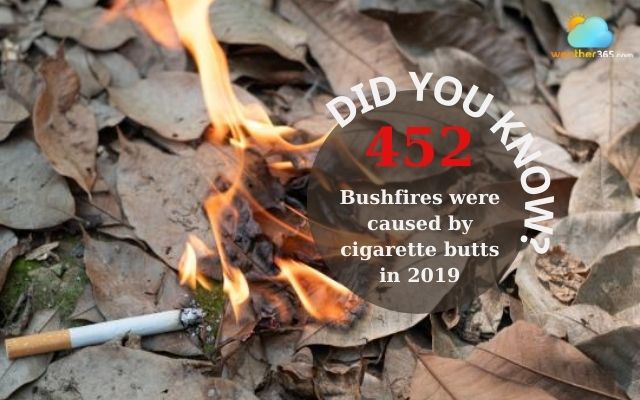
Cigarette butts can lead to dangerous fires
Burning off/ debris
Burning off ( known as controlled burning or debris burning) is a common practice in rural Australia to clear vegetation, reduce fuel loads, or dispose of waste.
However, uncontrollable bushfires can be easily ignited if done incorrectly or amid total fire bans.
In 2017, the Carwoola fire in southern New South Wales destroyed eight homes, multiple vehicles, and livestock after two men ignored a fire ban and set fire to another person’s property.
Strong winds and dry conditions quickly turned the small burn into a major blaze.
This case emphasizes why strict compliance with fire regulations is crucial.
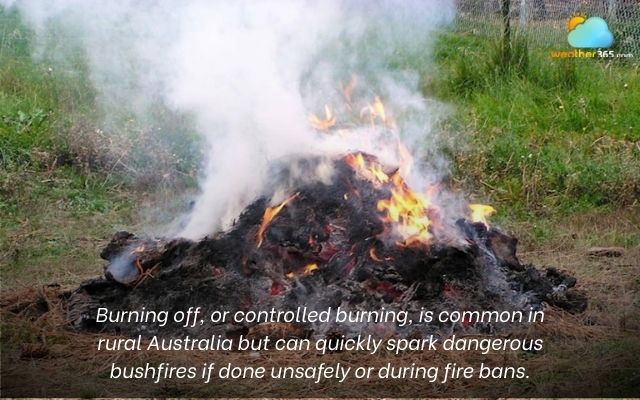
Caution when burning debris
Arson
Arson is a significant cause of bushfires in Australia.
The Australian Institute of Criminology estimates that around half of all bushfires are either deliberately lit or deemed suspicious.
Motivations for arson can range from malicious intent, thrill-seeking, and revenge to misguided attempts at land clearing.
These deliberately lit fires often occur during peak fire danger periods when high temperatures, strong winds, and dry vegetation allow flames to spread rapidly. As a result, blazes are especially destructive.
Arson not only endangers lives, property, and wildlife but also places immense strain on emergency services.
The Australian government has applied strict laws with severe penalties for those convicted of starting bushfires.
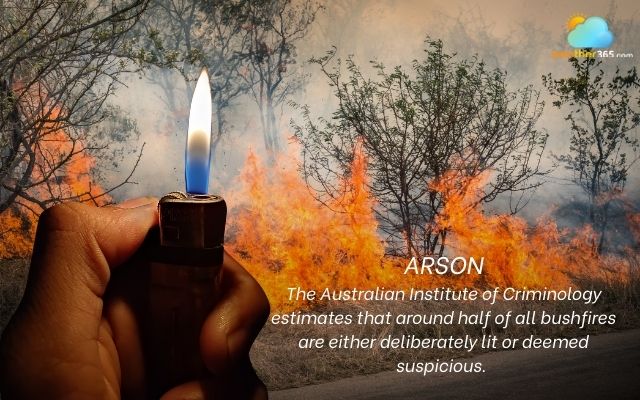
Arson accounts for the majority of the common causes of Australian bushfires
Railway cause
How did the fires in Australia start? Surprisingly, railway issues can start fires in Australia.
This is a notable source of bushfires in Australia, but often overlooked.
Mechanical issues such as brake failures can create a shower of sparks that ignite dry vegetation along railway tracks.
Sometimes it can spark multiple fires over long distances.
Additionally, burning carbon embers expelled from train engine exhaust can land in roadside grass or bushland, quickly setting fires in hot and dry conditions.
These incidents are more likely during extreme summer when fuel loads are high, humidity is low, and winds can carry embers further.
Thus, railway operators now employ strict maintenance, spark arresters, and vegetation clearing to reduce the risk of fire outbreaks.
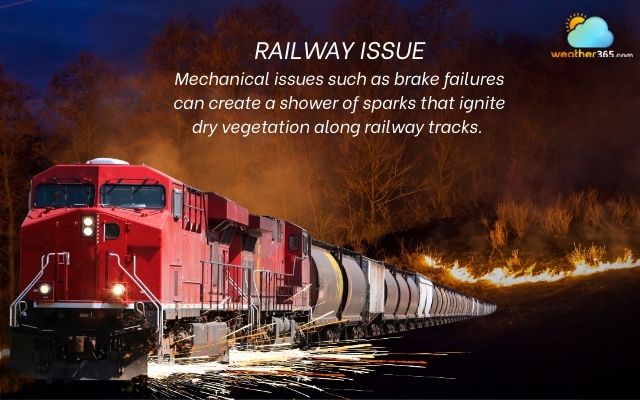
The railway issue can start the Australian bushfires
Campfires
When campfires are not properly managed or extinguished, they are a significant bushfire hazard in Australia.
Embers from open flames can be carried by wind into surrounding dry vegetation, sparking fires rapidly in hot and dry conditions.
Even a single unnoticed ember can smoulder for hours before igniting a blaze.
To reduce risks, many popular campsites now ban open fires or provide designated fire rings to help contain sparks.
Campers are urged to follow fire safety rules, check for total fire bans, and fully douse campfires with water before leaving the site to prevent accidental bushfires.
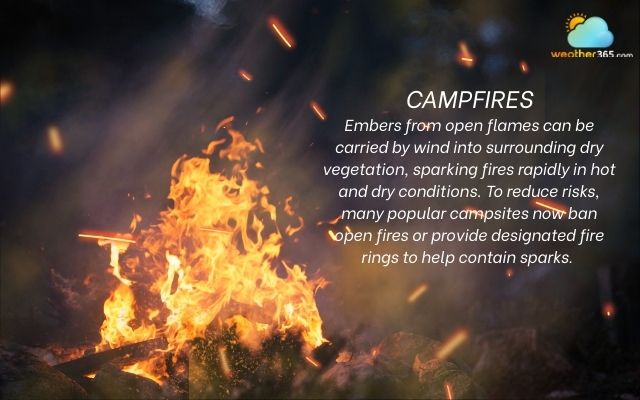
Campers need to follow fire safety rules
Equipment use
Machinery such as chainsaws, angle grinders, welders, or lawn mowers can easily spark bushfires in Australia, especially during hot, dry, and windy conditions.
Sparks from metal-on-metal contact or engine exhaust can ignite nearby dry grass or leaf litter within seconds.
This risk is so high that operating certain tools outdoors is banned on declared total fire ban days.
For example, in September, several Sunshine Coast fires were linked to sparks from lawn mowers.
To prevent equipment-related bushfires, operators should clear the area of flammable material, work early in the day, and always have water or fire extinguishers on hand.
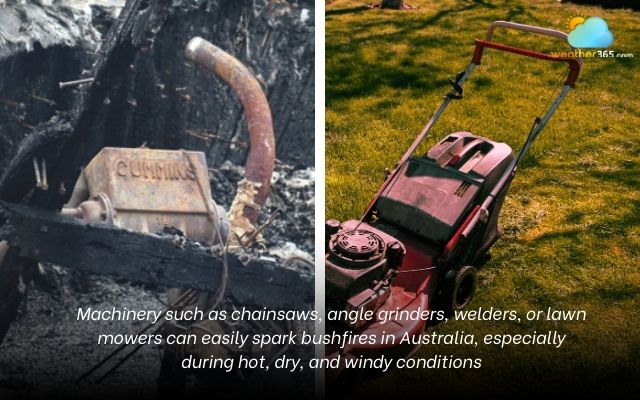
Using equipment can also start a fire
Lightning
Lightning is a leading natural ignition source for bushfires in remote areas of Australia.
However, not all lightning strikes have the same fire-starting potential.
Positively charged lightning, which makes up only about 10% of all strikes, is far more likely to ignite fires due to its higher energy and longer contact with the ground.
These strikes can spark fires in dry bushland, often in hard-to-reach locations, making suppression difficult.
Notable examples include the 2015 Esperance fires in Western Australia, which claimed four lives, and recent lightning-triggered fires in northern New South Wales and Queensland.
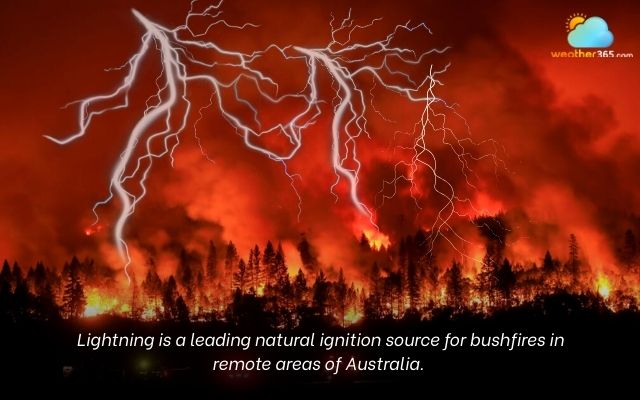
Lightning is a leading natural cause of Australian bushfires
Miscellaneous
Power lines can ignite fires when damaged or during extreme weather.
Electric fences may create sparks in dry conditions.
Military activities, such as the 2013 State Mine fire in New South Wales, caused by a controlled ordnance explosion, have also triggered large-scale blazes.
Firearms, blasting, and even rare events like glass refraction, where sunlight is concentrated through a discarded bottle, can start fires.
Though uncommon, these miscellaneous causes highlight the need for strict safety measures in all activities that could generate sparks or heat.
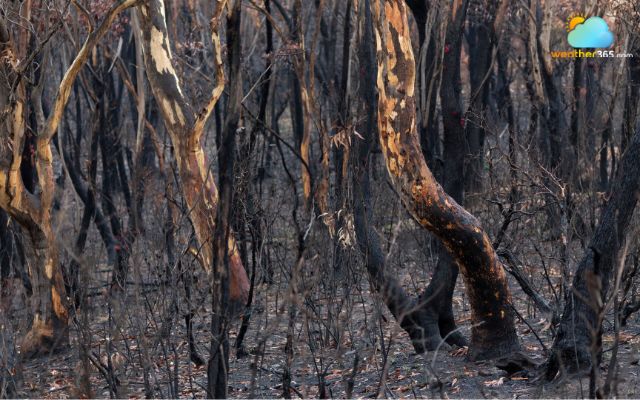
Other miscellaneous causes of bushfires
Read more:
Early signs of a fire
Spotting a fire early can save lives and property. The sooner you notice the danger, the more time you have to escape safely and help others. Here are the key warning signs:
👉 Alarms and Detectors: A triggered fire alarm or smoke detector is often the first sign of danger. Test alarms regularly and replace batteries to ensure they work when needed.
👉 Smoke: If you see smoke, there’s likely a fire. Block door gaps with wet towels to reduce smoke inhalation and stay low to the ground when moving through smoky areas.
👉 Smell: A burning smell or smoke scent can be an early warning, even before you see flames. Pets, especially dogs, may detect it first. Watch their behavior.
👉 Loud Noises: Shouting, sirens or structural collapse sounds indicate immediate danger. Even if the fire is nearby but not in your building, be ready to evacuate.
👉 Hot Door or Handle: Feel the door and handle (with the back of your hand) before opening. If they’re hot, fire may be just outside. Let's find another escape route.
Early detection is critical for survival. Stay alert, trust your senses, and act fast when any of these signs appear.

Remember signs of a fire to stay safe
How to track fire updates in Australia?
Staying informed is crucial for safety during bushfire season. Here are the most reliable ways to track fire activity:
✅ Emergency Services Websites & Apps: Use official platforms like the NSW Rural Fire Service and Country Fire Authority (CFA) for real-time maps, fire danger ratings, and evacuation orders.
✅ Social Media & News: Follow verified fire agency accounts on Twitter and Facebook for instant updates on active fires.
✅ National Fire Danger Rating System: Check daily ratings based on temperature, humidity, wind, and fuel load to understand the current risk level.
✅ Alert Systems & Notifications: Sign up for SMS or email alerts from state agencies to receive urgent fire warnings directly to your phone.
Being informed is only the first step. These updates help you have a well-prepared bushfire survival plan to protect your life and property.
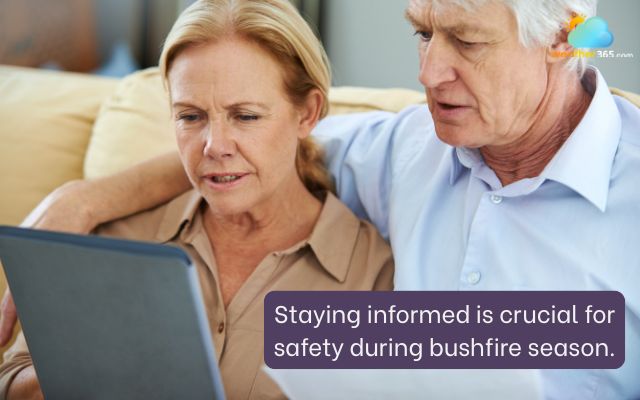
It’s essential to stay informed during bushfire season
Tips to prepare for bushfire season
Preventing bushfires takes community effort and responsible practices. Here are key ways to reduce the risk:
👍 Be Fire-Safe: Never leave campfires unattended, fully extinguish them, and dispose of cigarette butts properly. Avoid lighting fires on hot or windy days.
👍 Support Fire-Prevention Programs: Participate in local council and fire service initiatives, including hazard reduction burns.
👍Sustainable Land Management: Farmers and landowners can clear debris, manage vegetation, control grazing, and plant fire-resistant species to lower fire risks.
👍 Address Climate Change: Support policies and actions that reduce greenhouse gas emissions to help slow worsening bushfire conditions.
👍 Prescribed Burning: Controlled burns during cooler months safely reduce fuel loads, protect communities, and promote healthy fire-adapted ecosystems.
Proactive prevention not only protects lives and property but also helps maintain Australia’s unique environment.
Conclusion
Bushfires are an urgent and ongoing issue; however, by understanding “how did Australia fires start”, we can reduce the risks to our lives and property. More importantly, the community needs to raise awareness and act together to minimize the impacts of bushfires.

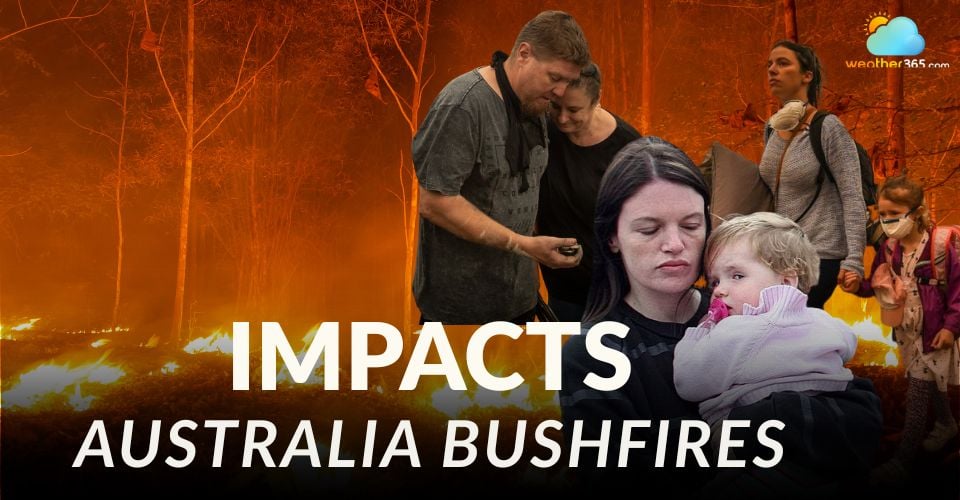
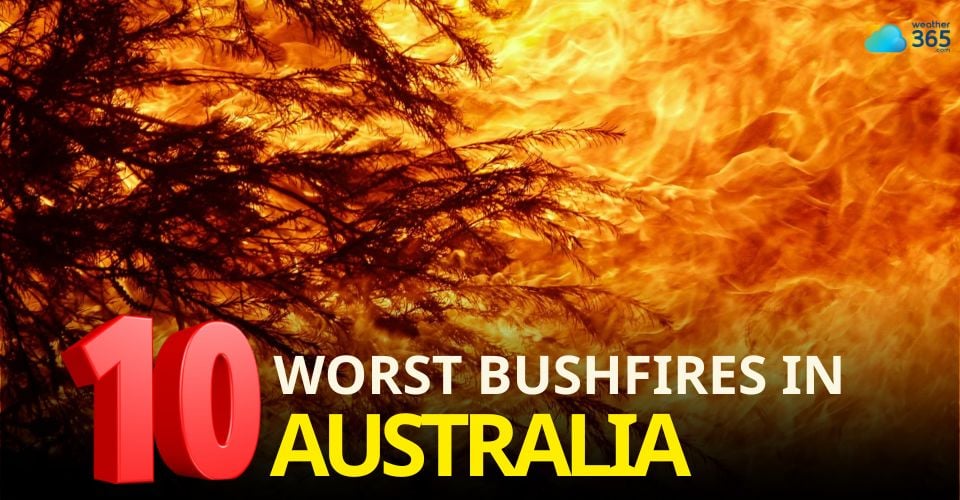
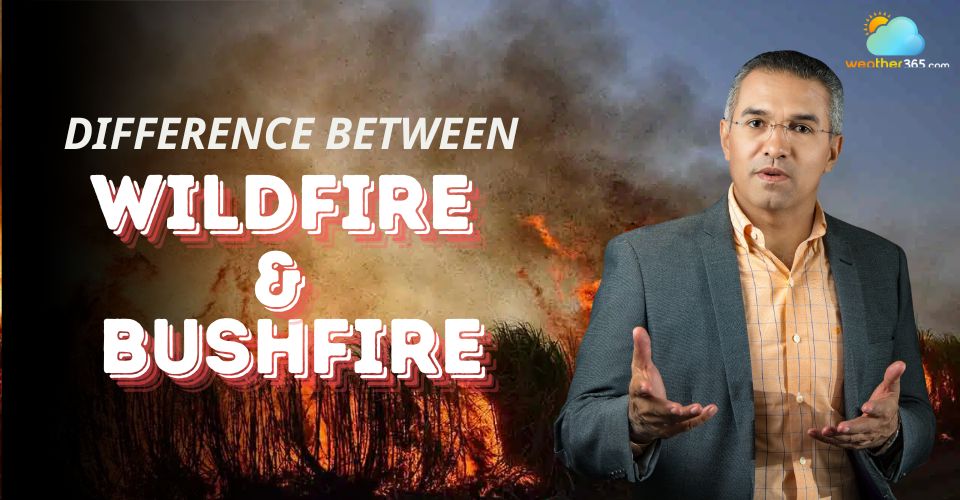
0 Comment
Leave a comment
Your email address will not be published. Required fields are marked *